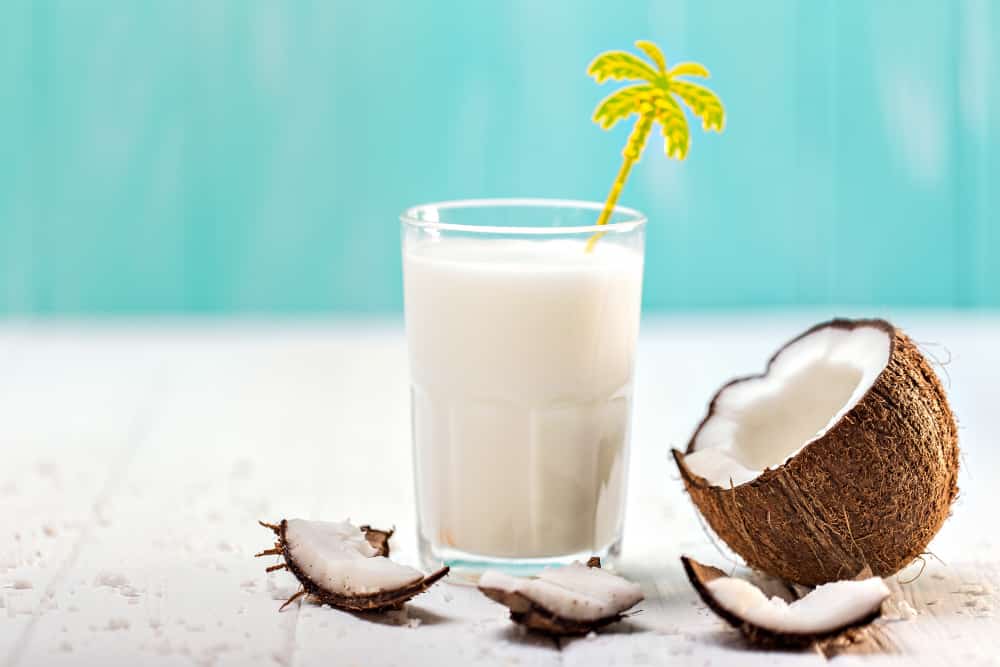Living with lactose intolerance doesn’t have to mean missing out on delicious foods and the joy of eating. It does mean, however, becoming more mindful of what you consume to avoid discomfort and maintain good health. Lactose intolerance occurs when the body lacks sufficient lactase, an enzyme needed to digest lactose—the sugar found in dairy products.
The result can be a range of uncomfortable symptoms, including bloating, gas, diarrhea, and abdominal pain, which can significantly impact your quality of life. In this article, we’ll explore 11 foods that those with lactose intolerance should consider avoiding to help manage symptoms and feel their best. By making informed dietary choices, you can navigate your meals with confidence and ease.
1. Milk and Milk-Based Beverages

Milk, in its various forms, is a staple in many diets but presents a significant challenge for those with lactose intolerance. Cow’s milk, regardless of fat content (whole, skim, or 2%), and goat’s milk are primary sources of lactose, a type of sugar that requires the enzyme lactase for digestion. For individuals lacking sufficient lactase, consuming these milks can lead to uncomfortable digestive symptoms, such as bloating, gas, and abdominal pain. Milk-based beverages, including some coffee creamers, protein shakes, and flavored milk products, also contain lactose, further limiting options for those sensitive to it.
Fortunately, the market today offers a variety of lactose-free and plant-based milk alternatives that cater to the needs of those with lactose intolerance. Almond, soy, oat, and coconut milks are popular choices that not only avoid the issue of lactose but also bring their own unique flavors and nutritional benefits to the table. These alternatives can be used just like traditional milk for drinking, cooking, and baking, providing a seamless transition for those looking to manage their intolerance without sacrificing taste or variety.
